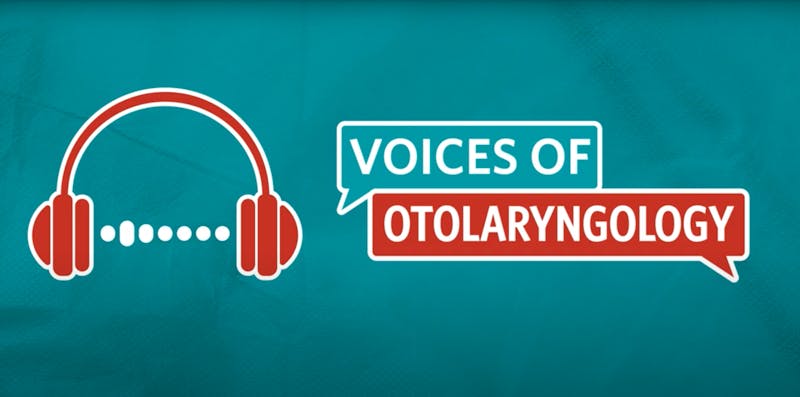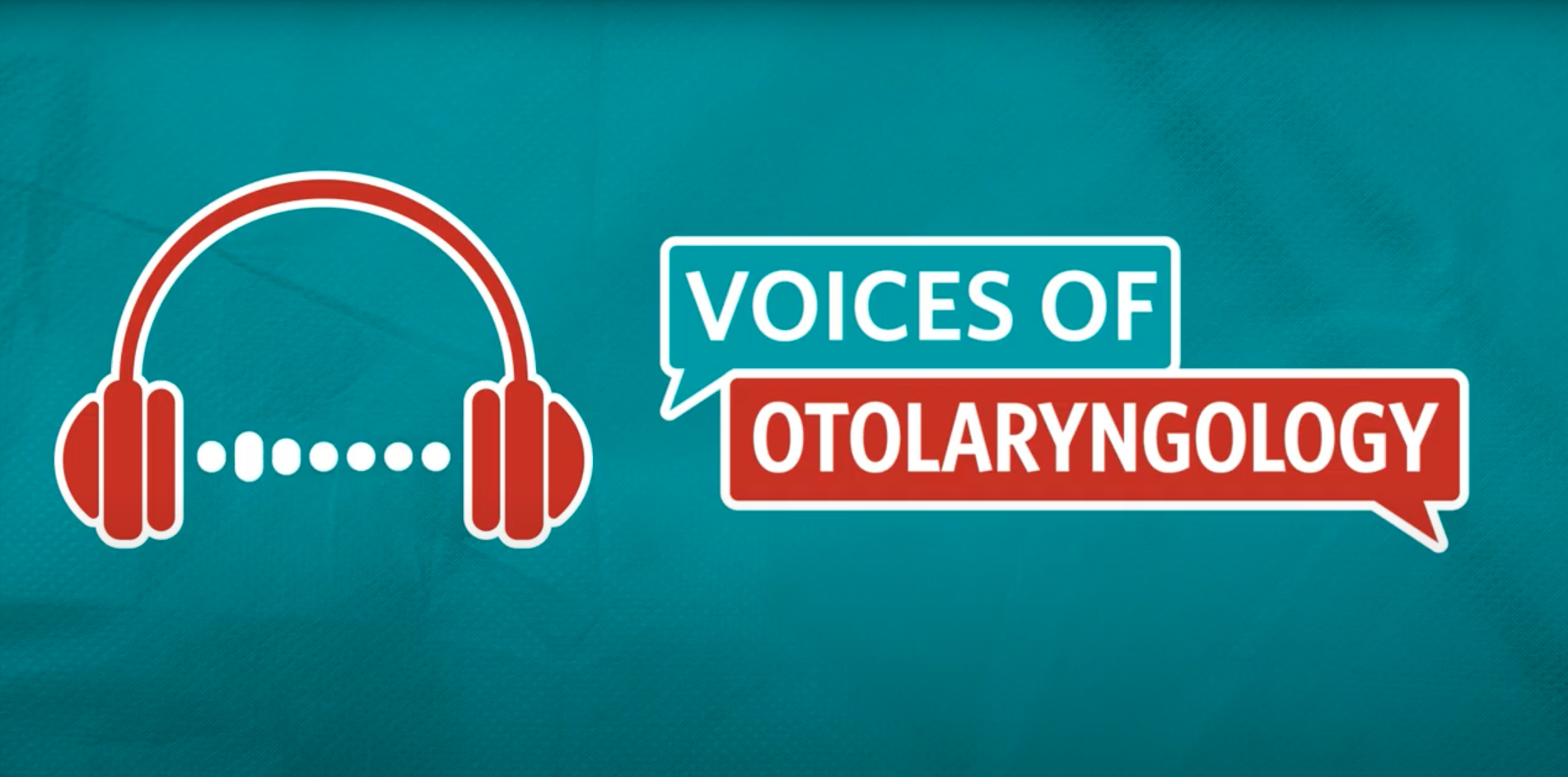
In this special edition of Voices of Otolaryngology, Dr. Cecelia Damask—comprehensive otolaryngologist at Orlando ENT & Allergy—joins Dr. Matthew W. Ryan to explore one of the most nuanced topics in allergy treatment: immunotherapy for allergic rhinitis. Their conversation unpacks the efficacy, safety, cost, and lifestyle factors that differentiate subcutaneous immunotherapy (SCIT) and sublingual immunotherapy (SLIT), helping patients and clinicians alike make better-informed decisions.
Understanding Allergic Rhinitis and Why Immunotherapy Matters
Allergic rhinitis, marked by symptoms like nasal congestion, sneezing, itching, and runny nose, affects over 50 million Americans. For ENT specialists, it’s a common yet complex condition often seen alongside comorbidities like asthma, snoring, and sleep apnea.
While environmental controls and pharmacotherapy can help manage symptoms, only immunotherapy offers a path to long-term immune system retraining—potentially altering the disease course rather than just masking symptoms.
SCIT vs. SLIT: Efficacy and Safety in Focus
Both SCIT and SLIT demonstrate significant efficacy compared to placebo. However, studies suggest that SCIT may yield slightly higher effectiveness, especially in reducing nasal symptom scores and medication use. Importantly, both treatments show potential long-term benefits, such as a reduction in asthma development and sensitization to new allergens.
When it comes to safety:
- SCIT involves injections that may lead to systemic reactions, including rare but serious anaphylaxis—estimated at one fatal reaction per 7.2 million injections.
- SLIT is typically better tolerated, with side effects localized to the mouth (e.g., oral itching or swelling) and a significantly lower risk of systemic reactions.
Convenience, Cost, and Commitment
Dr. Damask stresses that patient adherence is key to successful immunotherapy, regardless of the route. While SLIT offers the convenience of at-home administration, adherence can ironically be lower than with SCIT, which is supervised in-office.
Cost considerations are also crucial:
- SCIT is often covered by insurance but may involve hidden costs like deductibles, co-pays, and travel time.
- SLIT tablets may be partially covered under pharmacy benefits, while compounded SLIT (aqueous formulations) is typically out-of-pocket.
Dr. Damask’s practice provides patients with benefit breakdowns up front and discusses indirect costs such as time off work and travel—a particularly important factor for working adults.
Individualizing the Approach: Who Benefits from SCIT or SLIT?
Dr. Damask outlines specific clinical scenarios to help guide treatment recommendations:
- SCIT is preferable for patients with eosinophilic esophagitis or those requiring multi-allergen therapy.
- SLIT is ideal for needle-averse patients or those who’ve experienced adverse reactions to SCIT.
She also emphasizes the value of offering both options to accommodate diverse needs and ensure flexibility in care planning.
Final Takeaway: Patient-Centered Immunotherapy
Whether delivered through injections or sublingual tablets, immunotherapy remains the only modality capable of modifying the course of allergic rhinitis. Dr. Cecelia Damask’s expert insights reveal the importance of tailoring treatment plans based on each patient’s medical history, lifestyle, preferences, and ability to commit.
The key message? The best treatment is the one patients can stick with—and that starts with education and empowerment from trusted clinicians like Dr. Damask.
Interested in learning more about immunotherapy options at Orlando ENT & Allergy? Reach out to schedule a consultation with Dr. Cecelia Damask's and explore personalized solutions for long-term allergy relief.


